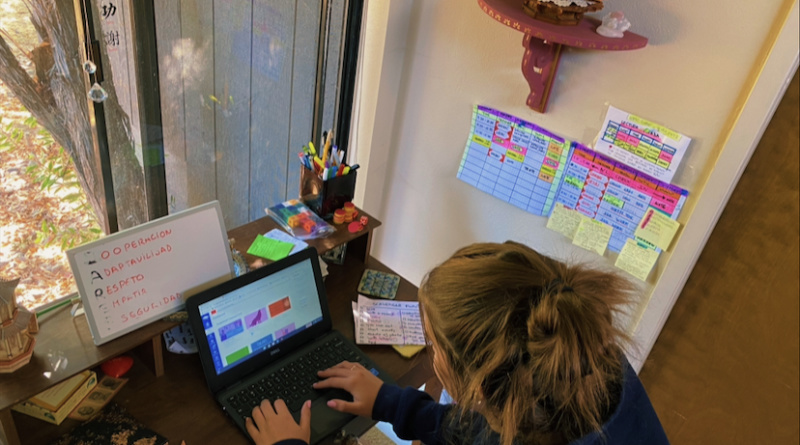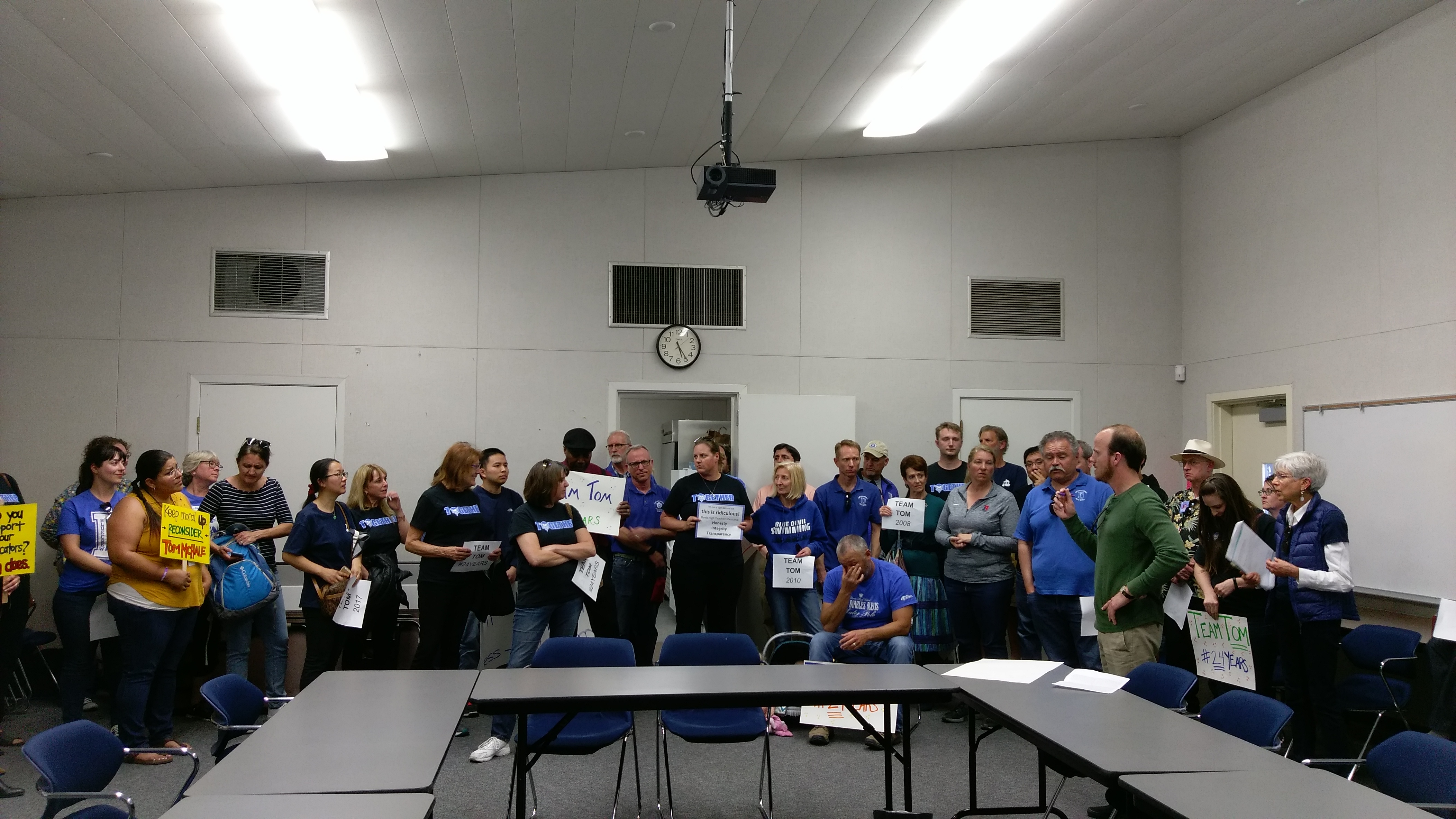Distance learning struggles persist
By Leyla Bolkan and Xochitl Armien Funk,
BlueDevilHUB.com Staff–
Nearly a quarter of the way through the school year, students and staff are still adjusting to remote learning.
Between learning Canvas, the learning management system used by the Davis Joint Unified School District, figuring out time management and staying on top of the numerous tasks at hand, Zoom school presents hefty challenges for teachers and students alike.
Distance learning has disrupted what curriculums are covered and increased the importance of attending class sessions and turning in assignments on time.
Distance learning is forcing Davis High teachers to adjust their curriculum, paring it down to what students need most.
Principal Tom McHale and the three vice principals have been supporting teachers by making sure they understand Canvas, the new learning management system.
“I am very proud of our teachers for working very hard. Canvas is new to everyone, so teachers are devoting many hours to organizing lessons and materials and developing expertise on how best to use Canvas,” McHale said.
So far there have been many positive comments left by teachers and students about Canvas saying that it is very organized. McHale says he sees the school continuing to use Canvas in the future.
According to reports from students and teachers, the new block schedule has been helpful for them because it helps them focus and prepare due to there being fewer classes. They also like the new schedule because it is less stressful and they can communicate every day.
However, there have been many challenges with adjusting to online learning and fitting a semester’s amount of work into one quarter.
“Everything has to be changed or modified in some way. I feel as if I have to change my slide or key points just to keep students engaged,” said Holly Istas, who teaches World Civilizations to sophomores.
Istas had to change a lot of her curriculum such as only focusing on the important topics and giving up some of the depth. She is trying out several assignments that give different access points for her students such as responses to videos, textbook assignments and discussions in Canvas.
She learns what works best for each of her students and adjusts the assignments and activities to the learning style they would get the most out of.
Istas thinks of the changes as positive because it’s better for students and will possibly keep some of the changes such as using Canvas.
Class discussions have been hard because some students are either unwilling or unable to turn on their cameras which makes communicating with students difficult.
“I’m just surprised that there are many students who I have had one-on-one meetings with but I have never seen their face,” Istas said.
Orchestra director Angelo Moreno has had to adapt a lot in order to teach online. Zoom makes it hard for students to play in “real time” so most of the class period is spent in group discussions or analyzing and reading music.
“The hardest part is trying to maintain a performance ensemble aspect to the class because that is what kids signed up for; they didn’t sign up to learn music essentials or history over the computer,” Moreno said.
The orchestra was able to adapt to the new environment and Moreno created a multiple-step plan in order to conduct a virtual performance at the end of the quarter.
“It’s not ideal but it’s the best we can do for now and if you learn everything it becomes bearable,” Moreno said.
The first stage is learning the music effectively which students do by analyzing and score reading the music. The second stage is submitting a video playing their part, after which Moreno gives them advice on how to improve.
The third stage is submitting a final video, which is given to a production team that layers all the clips together so the sound is balanced and looks professional. The final stage is the virtual performance that will go public.
“The one thing that has not been halted is student learning. Distance learning has allowed students to continue to grow musically and think as a group mentality as a team performance,” Moreno said.
For many students and teachers distance learning has been a struggle. Not being able to see friends, not leaving the house, and being on the computer all day are things that all of us are learning to adapt to.
“Everyday feels very monotonous and it can be hard to feel motivated to work,” Davis High student Alicia Joo said.
However, there are positives that come with distance learning. Students are able to control their time and have more flexibility in their day. “It’s definitely given me more free time just because the school day ends earlier and I think it’s less stressful,” senior Sophia Leamy said.
Many students feel that their homework load is less than in person, but others feel the opposite. For the most part, this has to do with the quarter system splitting classes. Many students have uneven difficulty in the quarters so they might have their three hardest classes now and three easiest later.
“This quarter I only have math and English and my assignments are minimal,” Alicia said. This causes some students to feel more stressed than others who may have a lighter workload now.
“I haven’t started physics or calculus yet so my thoughts may completely change as the quarter changes,” said student Sean Morgan, explaining that he expects his workload to increase next quarter.
Since there is only one quarter to get a full semester’s work done, classes have been moving at a much faster pace which means less time to cover all of the normal topics. It also means it is much harder for students to get caught up.
“Even missing one or two weeks could be detrimental to the student’s grades and understanding of the topics since two weeks worth of content in some classes could be compared to close to two months,” teacher Kristin Swanstrom said.
It is harder now for students to get the help they need to get back on track because a lot of the time the students who are struggling aren’t necessarily checking their emails or Canvas regularly. Counselor Catherine Pereira urges students to contact their teachers and counselors if they are struggling to get their work done.
“We have a lot less work but it’s harder to learn the material,” Morgan said.




